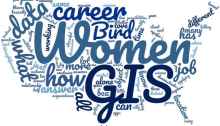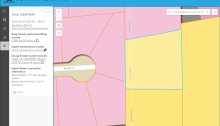Women in GIS – March 2024
The King County GIS Center is featuring 19 women in GIS from several agencies, highlighting the broad applications of GIS. These women express their passion for GIS and how it has shaped their careers and perspectives. GIS professionals in various fields highlight the power and versatility of GIS and its potential to influence decision-making and create meaningful visualizations for communities. They underline the importance of staying updated with GIS technology and collaborating with colleagues and GIS communities. These women are paving the way for GIS enthusiasts and emphasize the broad range of opportunities in the GIS field across different industries.









